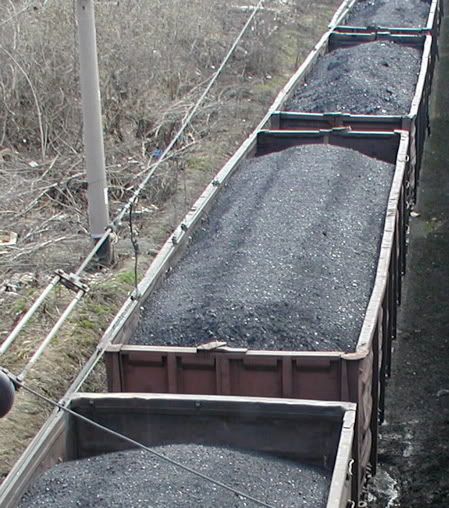 By: Sunni Harris, Staff Member
By: Sunni Harris, Staff MemberIn Pigford v. Glickman, 127 F. Supp.2d 35 (D.D.C. 2001), Black farmers claimed that the USDA discriminated against them "on the basis of race, and failed to investigate or properly respond to complaints from 1983-1997." Tadlock Cowan & Jody Feder, The Pigford Case: USDA Settlement of a Discrimination Suit by Black Farmers, (2009), http://www.nationalaglawcenter.
org/assets/crs/RS20430.pdf. While this case was settled in 1999, a new settlement was announced on Feb. 18, 2010 that addresses claims from black farmers who were excluded from participation in the earlier settlement. Paul Courson, Black farmers: Government to fund racial bias settlement, Cnn, Feb. 18, 2010, http://edition.cnn.com/2010/US/02/18/black.farmers.lawsuit/index.html?iref=allsearch. In the end the parties were able to reach a settlement. Id.
Although a settlement has been reached, the 2010 farm bill still needs to be approved by Congress which would place at least $1 billion in the hands of individuals who have received judgments in compensation claims. Id. Secretary of Agriculture Tom Vilsack doesn't think that "anybody in Congress doubts there's a responsibility to settle." Id. The secretary believes that the reason why funding wasn't provided to black farmers in the past was because there was concern by lawmakers that no agreement had been reached. Id. Since an agreement was reached on Feb.18, 2010, funding is now much more likely.
Once the farm bill is funded, there are two ways in which qualified black farmers can receive a payout: (1) On track A, qualified farmers would receive $50,000 "with minimal proof linking discrimination to the denial of federal farm support." Id., and (2) On track B, "A more rigorous system of proof could establish actual damages and yield a potential payout up to $250,000, depending on how many other claimants also prove their cases to draw from the funding provided by Congress." Id.
The implications of the black farmers settlement may be far reaching. Around the same time that black farmers filed their initial suit against the government, several other minority groups, including but not limited to females, Hispanics, and Native Americans, filed similar actions claiming bias in the way the USDA disbursed loan money. In the coming months we may see the government attempt to settle claims with these minority groups as well. However, if the government chooses not to settle with these similarly-situated minority groups, we may see a backlash from these communities.








